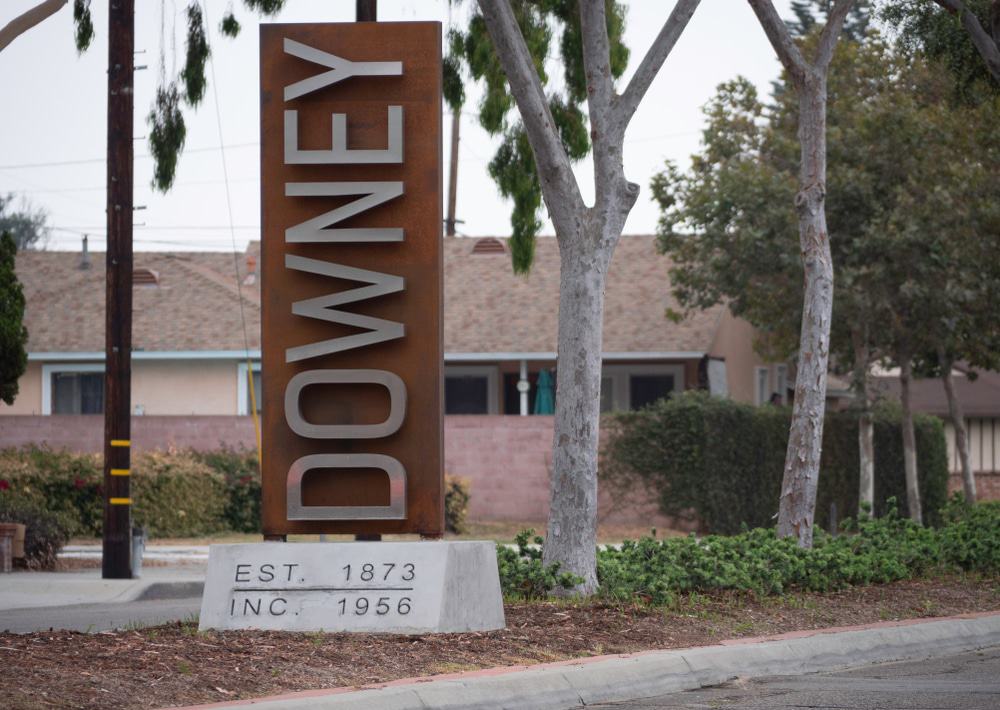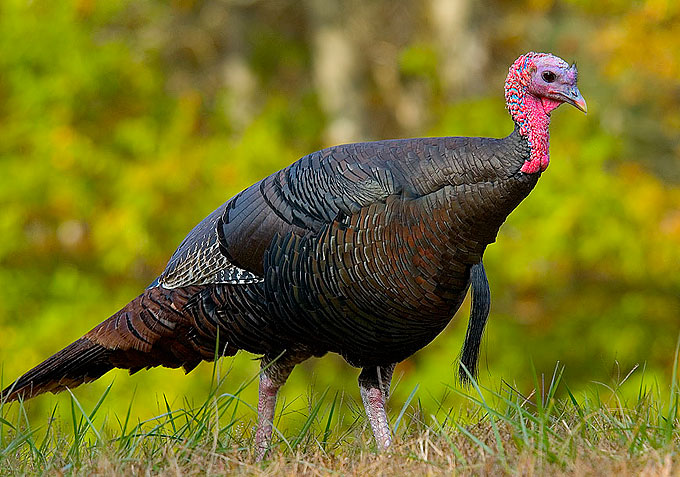Downey is a city located in southeast Los Angeles County, California, United States, 13 mi (21 km) southeast of downtown Los Angeles. Take a look below for 20 bizarre and fun facts about Downey, California, United States.
1. It is considered part of the Gateway Cities.
2. The city is the birthplace of the Apollo space program.
3. It is also the home of the oldest operating McDonald’s restaurant in the world.
4. As of the 2010 census, the city had a total population of 111,779.
5. Mission San Gabriel Arcángel was initially founded on September 8, 1771, near settlements of the Tongva people.
6. It was located in the Whittier Narrows on a bluff overlooking the Rio Hondo, near the intersection of today’s San Gabriel Blvd and Lincoln Avenue.
7. After five years, flooding forced the relocation of the mission to its present site in San Gabriel.
8. In 1784, Governor Pedro Fages granted to former soldier Manuel Nieto (1734–1804) the largest of the land concessions made in what was then Alta California, a province of New Spain. Its 300,000 acres (120,000 ha; 1,200 km2) stretched from the Santa Ana River on the east to the Old San Gabriel River (now the Rio Hondo and Los Angeles River) on the west, and from the mission highway (approximately Whittier Boulevard) on the north to the ocean on the south.
9. Its acreage was slightly reduced later at the insistence of Mission San Gabriel on whose lands it infringed. The Spanish concessions, of which 25 were made in California, were unlike the later Mexican land grants in that title was not transferred, but were similar to grazing permits, with the title remaining with the Spanish crown.
10. The Rancho Los Nietos passed to Manuel Nieto’s four children upon his death and remained intact until, in 1833, his heirs petitioned Mexican Governor José Figueroa to partition the property.
11. The northwestern portion of the original rancho, comprising the Downey-Norwalk area, was granted as Rancho Santa Gertrudes to Josefa Cota, the widow of Manuel’s son, Antonio Nieto. At approximately 21,000 acres (8,500 ha; 85 km2), Santa Gertrudes was itself a sizable rancho and contained the old Nietos homestead, which was a center of social life east of the pueblo of Los Angeles.
12. After the Mexican–American War concluded in 1848, many of the Californio ranchos were obtained by affluent Anglo-Americans who were immigrating west under the United States manifest destiny doctrine, and marrying into established Californio Spanish families.
13. This migration was distinct from that prompted by the California Gold Rush farther north.
14. Dairy was a major industry in Downey. The Central Milk Agency marketed the milk for “seven hundred dairymen whose dairy herds range from thirty to two thousand head” with the value of the products marketed in excess of $1,000,000 per month.
15. Some of Downey’s settlers came from Ireland. Downey was founded by and named for the former and youngest ever governor of California, John Gately Downey, who was born in Ireland. Although he was an Irish Democrat, he supported the Republican Lincoln in his efforts to keep the Union intact during the American Civil War.
16. He pioneered the modern subdivision with land he acquired between the Rio Hondo and the San Gabriel River, in about 1865. Downey was convinced that oranges would flourish in Southern California, so he imported several varieties, and therefore set in motion what became one of the state’s biggest cash crops.
17. In conjunction with the construction of the Tehachapi Loop, the Southern Pacific Railroad arrived in 1873.
18. Two small settlements were established along the Rio Hondo River – College Settlement and Gallatin, the latter near where today, Paramount Boulevard and Florence Avenue cross. In the late 1860s the Gallatin residents built a small school known as the “Little Red Gallatin School House”. By 1871, it wasn’t large enough and a two-story school was built (Gallatin School moved in 1893 to its present site.) Later, Alameda School and Downey School were built.
19. By 1883, College Settlement, Gallatin and Downey (a third, separate settlement), joined together and with the help of Governor Downey, convinced the Southern Pacific Railroad to route through and stop in Downey. The new center of activity migrated to the depot area and this became the center of a new larger Downey, uniting the three previous settlements.
20. Farmers in the area grew grain, corn, castor beans and fruit, and by 1935, Downey was characterized as an “orange-grove town”. Downey was incorporated in 1956, and instituted a charter form of government in 1964. Suburban homes and factories replaced the farms after World War II.




